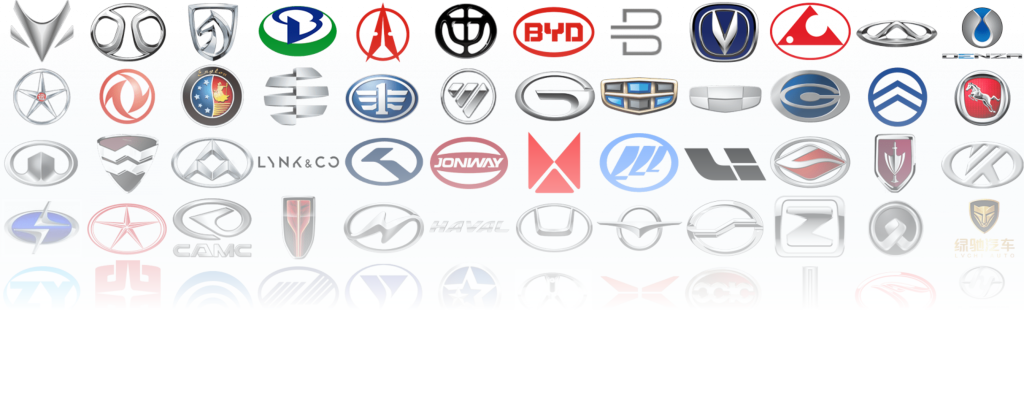ARTICLE
Four critical trends shaping the Future of Aftersales
And how to act now
Key takeaways
The automotive industry is undergoing a massive transformation. New technologies, new competitors, and new customer expectations are reshaping the way automotive players do business. In this blog post, you will learn:
- How increased competition will put the car industry under pressure by 2030
- How electrification will reduce the demand for labor and spare parts
- What are the greatest drivers of customer loyalty
- How data and AI will become the most valuable resource in the industry
- How to win customer retention in four steps
Read on to discover how four automotive macro-trends will impact the future of aftersales by 2030, and how automotive players can prepare for them today.
The automotive industry is undergoing a massive transformation
New technologies, new competitors, and new customer expectations are reshaping the way automotive players do business, creating new threats and opportunities for the industry. To succeed in this changing environment, dealers and OEMs will need to adapt their strategies and operations, leverage data and analytics, embrace digitalization, and collaborate with the right partners across the value chain.
In this blog post, we will explore four critical trends that will impact the future of aftersales by 2030, and how dealers, importers and OEMs can prepare for them today.
TREND 1
Increased competition will put the car industry under pressure
The automotive industry has enjoyed steady growth for more than 70 years. However, as new players enter the market and with Tesla cutting prices on its most popular models, that is about to change.

As we approach 2030, the global car market will reach saturation or decline, due to factors such as changing consumer preferences and environmental regulations. This means that dealers will have to compete for market share to grow their business. Customer retention and loyalty will be key for dealers to survive and thrive in this stagnating and competitive market. To achieve this, dealers will need to focus on delivering exceptional customer experiences, offering personalized and value-added services, and building long-term relationships with their customers.
TREND 2
Electrification will reduce the demand for labor and spare parts
Even in 2030, cars will still be physical object. As obvious as that sounds, that has a key implication: that cars will still require maintenance. However, electrification will reduce the demand for labor and parts. Battery electric vehicles have fewer moving parts and less wear and tear than conventional vehicles, having a negative impact on service revenue.

To counter this effect, dealers and OEMs will have to win customers by offering a plethora of different aftersales services, such as tire repair, glass repair, service contracts, predictive maintenance, personalized offers, mobility solutions, charging infrastructure, and more.
TREND 3
Customers will value personal interactions more and more
Going forward, customers will expect more seamless digital customer journeys. They will want to book appointments online, receive relevant and timely notifications on their phones, and even check into the workshop by themselves. However, personal interactions and trust will be way more important by 2030.

As Louise Westman, Director of Aftersales & Dealer Development at Audi Sweden, mentions: “We need to keep in mind the digital paradox of our age. The more digital we get, the more we need the personal contact.” Automotive players will thus have to take advantage of data to deliver personalized services that meet the individual needs and preferences of each customer.

We need to keep in mind the digital paradox of our age. The more digital we get, the more we need the personal contact.

Louise Westman
Director of Aftersales & Dealer Development
Audi Sweden
TREND 4
Data will become the most valuable resource in the industry
Technology will shift the focus from hardware to software. Dealers will have to take control of the data they own about their customers, such as vehicle information, service history, driving behavior, and feedback. And, most importantly, they will have to leverage AI and automation to optimize manual tasks and maximize the customer experience across the entire journey. For example, AI can help dealers predict when a customer needs a service, send personalized offers based on their preferences, or automate routine tasks such as maintenance invitations, visit reminders and lease expiration follow-ups. AI in the automotive industry is not just a futuristic vision, but a reality that has the potential to transform the way the industry operates.
How to win in four steps
The future of aftersales is not a distant scenario. It is happening right now. The automotive players who want to succeed in this changing landscape need to act now. Here are four steps you can take today to prepare for tomorrow:
- Make retention and loyalty your top priorities
Focus on building long-term relationships with your customers by providing excellent service quality, personalization, and value. - Win customers by offering different services
Diversify your revenue streams by offering services that complement your core business, such as tire and glass repair, service contracts, predictive maintenance, mobility solutions, charging infrastructure, and more. - Capitalize on the data you own to deliver personalized services
Use data analytics to understand your customers better and tailor your services to their needs and preferences. - Take advantage of AI to automate your operations
Use AI tools to streamline your processes, increase efficiency, and enhance the customer experience.
Watch the webinar on demand
If you want to learn more about these trends and how they will affect your business in the future, watch our webinar on demand Nordic Automotive Aftersales Vision 2030.
This webinar is co-hosted by René Tønder, a leading expert on automotive aftersales strategy and innovation, and our Nordic Panel of automotive experts from Denmark, Sweden, Norway, and Finland.
WEBINAR
Nordic Automotive Aftersales Vision 2030 – With René Tønder
The automotive industry will undergo a massive transformation by 2030. Watch this exclusive webinar co-hosted by René Tønder and our Nordic Panel of automotive experts, and discover fresh insights and perspectives on the future of automotive aftersales in the Nordic region.
Watch on demand >


